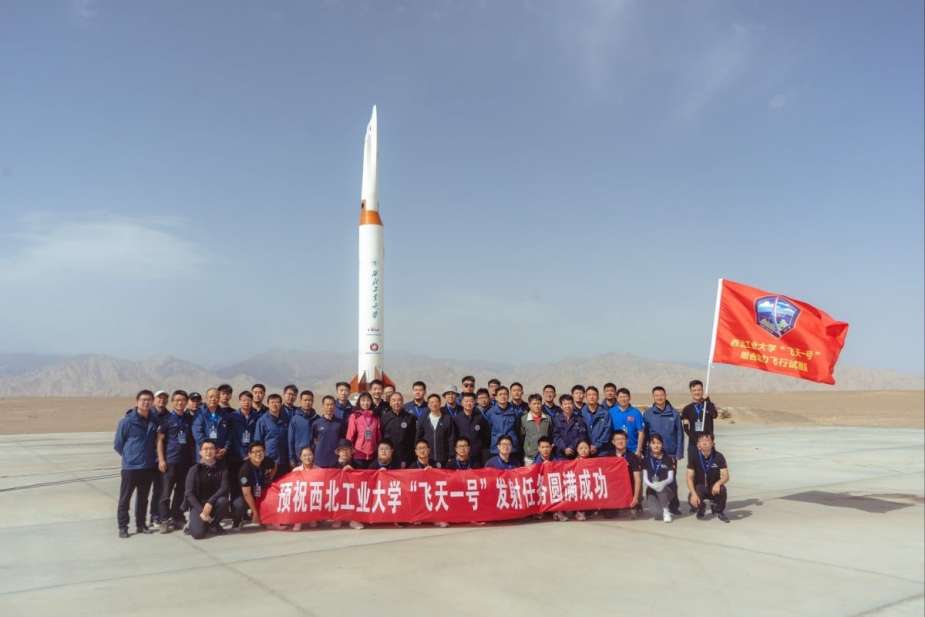Breaking news
China develops anti-aircraft missile with 2000 km range.
On March 28, 2024, China announced the development of a guided anti-aircraft missile capable of hitting aerial targets over two thousand kilometers away. This new missile, 8 meters in length and weighing 2.5 tons, can be launched from mobile platforms. Designed to target radar planes and long-range bombers, this system marks a significant advancement beyond the current anti-aircraft missile capabilities, which typically have a range of only a few hundred kilometers.
Follow Army Recognition on Google News at this link

The design of China's new missile is inspired by the Feitian-1 hypersonic vehicle, which was showcased before its successful test launch in 2022 (Picture source: Northwestern Polytechnical University )
Researchers from Northwestern Polytechnical University, who played a crucial role in the missile's development, faced the challenge of creating a long-range anti-aircraft missile not exceeding 10 meters in length and weighing up to 4 tons. The outcome exceeded these parameters, resulting in a defensive missile system that is 8 meters long and weighs 2.5 tons, while also being cost-effective to produce.
Although the missile has not yet been deployed by the Chinese military, it is described as playing a crucial role in enhancing the country's defense capabilities. Chinese scientists aim to address the challenge of target designation over long distances with the assistance of reconnaissance satellites, thus offering a solution to one of the major challenges associated with the use of long-range weapons.
The missile system operates in two stages: a solid rocket motor facilitates vertical takeoff, followed by a ramjet engine that propels the missile through the upper atmosphere. Navigation and trajectory correction of the missile will be achieved through satellite navigation, with real-time guidance and correction from satellite data until it activates its sensors for the final approach, detonating its payload when it reaches an effective destruction range.
This missile is intended to neutralize long-range radar detection aircraft and strategic missile carriers of a potential adversary, thereby preventing their involvement in possible regional conflicts. Although the exact appearance of the missile has not been disclosed, it is believed to be similar to the Feitian-1 hypersonic missile, developed by the same university two years prior.
China has also established a global satellite surveillance network, rendering traditional stealth technology obsolete and allowing for the real-time tracking of aircraft such as the F-22 fighters. These satellites are part of China's anti-access/area denial capabilities, aimed at managing potential conflicts in hotspots such as the Taiwan Strait and the South China Sea.
The development of this missile occurs at a time when hypersonic technology and long-range missile capabilities are receiving increased attention from Chinese military scientists and engineers, seeking to broaden their potential applications, including preventing the intervention of enemy aircraft and aircraft carrier groups in regional conflicts.
This announcement comes at a time when tensions between China and the United States, particularly regarding Taiwan, are escalating, highlighting the strategic importance of these developments in the global defense landscape.
Defense News April 2024























